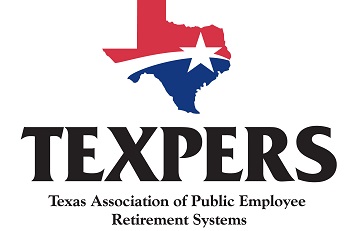Upon
reading the Asset International Chief Investment Officer article “MomentumBuilding Toward DC in US Public Sector,”
we paused” to ask ourselves “Is this true in Texas?”
As we’ve said so many times with previous assertions
about Texas pension systems, “No, this is not true in Texas!” Not only is the
implication untrue, but the facts are wrong as well.
The aiCIO article leads with the anecdote of Arizona
Governor Jan Brewer last week signing a law creating defined contribution plans
for judges and other elected politicians taking office after January 1, 2014.
It goes on to note how problems in Illinois and Kentucky “brought the problems
[of pension liabilities] to the forefront of public debate.” Then the story makes this statement:
Pennsylvania, Florida, Washington State, Kentucky, and Texas all have bills or serious proposals to shut or swap open DB pensions for DC schemes that have appeared in legislatures over the past few months.
Did we miss something?
We’ve been here watching the entire Texas legislative
session in 2013 and we are completely unaware of any proposals to shut or swap
open DB pensions for DC schemes, either for the statewide pension plans or
local pension plans. This topic just wasn’t part of the legislative discussion,
at all.
Here’s what did happen. The 2011 Legislature required the
Texas Employees Retirement System (ERS) and Texas Teachers Retirement Systems
(TRS) to report on their funding status, in what is known as an interim report,
between Texas the 2011 and 2013 legislative sessions. The pensions included a
consideration for switching from DB to DC plans among their options for
improving funded status. Members of the legislature reviewed the report and no
bills were filed in this regard in the 2013 session.
We gave the reporter the benefit of the doubt and
actually went back over all the bills to see whether we missed anything – we
didn’t.
So, given all this, we’re scratching our heads about the
mention of Texas in this story.
The most significant legislation affecting pensions that
did become law was the passage of House Bill 13, the transparency and training
bill that was requested by Texas Comptroller Susan Combs. We’ve written about
that bill many times on this blog, so we won’t waste your time with a rehash.
But, we should note that HB 13 had nothing to do with switching or ending DB to
DC plans.
We guess the moral of the story is, “Don’t believe
everything you read in the media, even if it is on the internet.” Bonjour! –
Max Patterson
